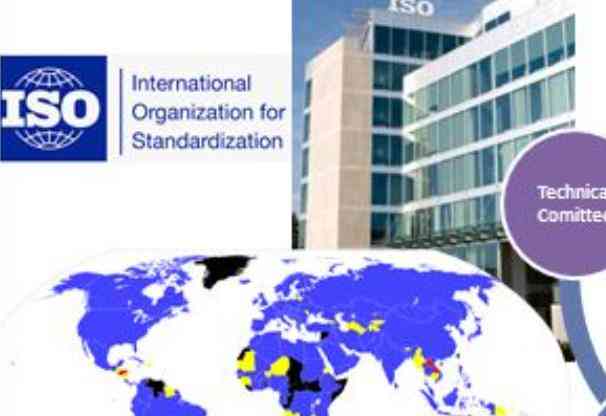|
REPORT 12470
First edition
1998-07-15
Fire resistance tests — Guidance on the
application and extension of results
Essais de résistance au feu — Recommandations pour l’application et
l’extrapolation des résultats
A
Reference number
ISO/TR 12470:1998(E)
---------------------- Page: 1 ----------------------
ISO/TR 12470:1998(E)
Contents Page
1 Scope . 1
2 Common factors . 2
2.1 Manufacture and materials . 2
2.2 Moisture content. 3
2.3 Increasing size. 4
3 Loadbearing elements. 4
3.1 Beams . 4
3.2 Columns . 6
3.3 Floors. 8
3.4 Walls . 10
4 Non-loadbearing elements. 13
4.1 Vertical partitions . 13
4.2 Ceiling membranes (Horizontal partitions). 15
4.3 Doors - Hinged and pivoted leaves. 16
4.4 Lift landing doors — Centre opening and two-speed lift
landing doors. 21
4.5 Rolling shutters . 24
4.6 Glazed elements . 27
5 Components contributing to the fire resistance of elements . 30
5.1 Suspended ceilings. 30
5.2 Insulating systems . 33
6 Service installations . 35
6.1 Ducts. 35
6.2 Dampers . 38
6.3 Penetration seals. 40
© ISO 1998
All rights reserved. Unless otherwise specified, no part of this publication may be reproduced
or utilized in any form or by any means, electronic or mechanical, including photocopying and
microfilm, without permission in writing from the publisher.
International Organization for Standardization
Case postale 56 • CH-1211 Genève 20 • Switzerland
Internet [email protected]
Printed in Switzerland
ii
---------------------- Page: 2 ----------------------
©
ISO ISO/TR 12470:1998(E)
7 Future evolution. 42
7.1 Improvement of testing methodologies . 42
7.2 Mathematical modelling of thermal
and mechanical response. 44
7.3 Expert system based upon the use of performance
coefficients. 46
Annex A: Summary of general practices in various countries
as far as interpolation and extrapolation are concerned. 49
Annex B: Current practices in various countries . 53
Annex C: Bibliography . 59
iii
---------------------- Page: 3 ----------------------
©
ISO/TR 12470:1998(E) ISO
Foreword
ISO (the International Organization for Standardization) is a worldwide
federation of national standards bodies (ISO member bodies). The work of
preparing International Standards is normally carried out through ISO
technical committees. Each member body interested in a subject for which
a technical committee has been established has the right to be represented
on that committee. International organizations, governmental and non-
governmental, in liaison with ISO also take part in the work. ISO
collaborates closely with the International Electrotechnical Commission
(IEC) on all matters of electrotechnical standardization.
The main task of technical committees is to prepare International
Standards, but in exceptional circumstances a technical committee may
propose the publication of a Technical Report of one of the following types:
— type 1, when the required support cannot be obtained for the
publication of an International Standard, despite repeated efforts;
— type 2, when the subject is still under technical develo
...














